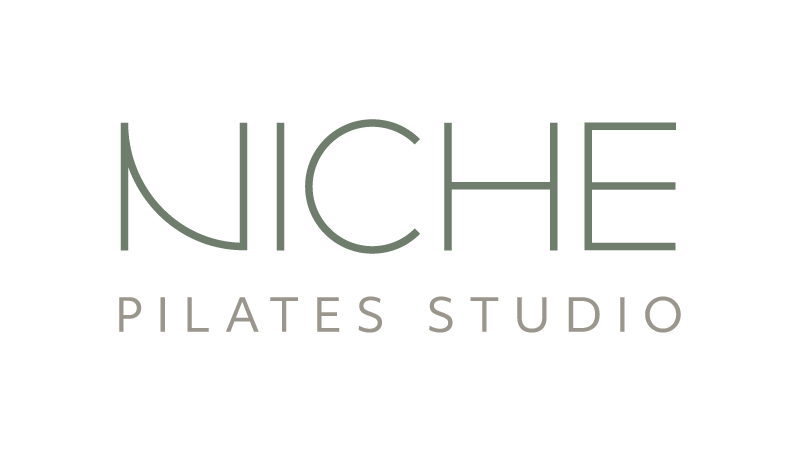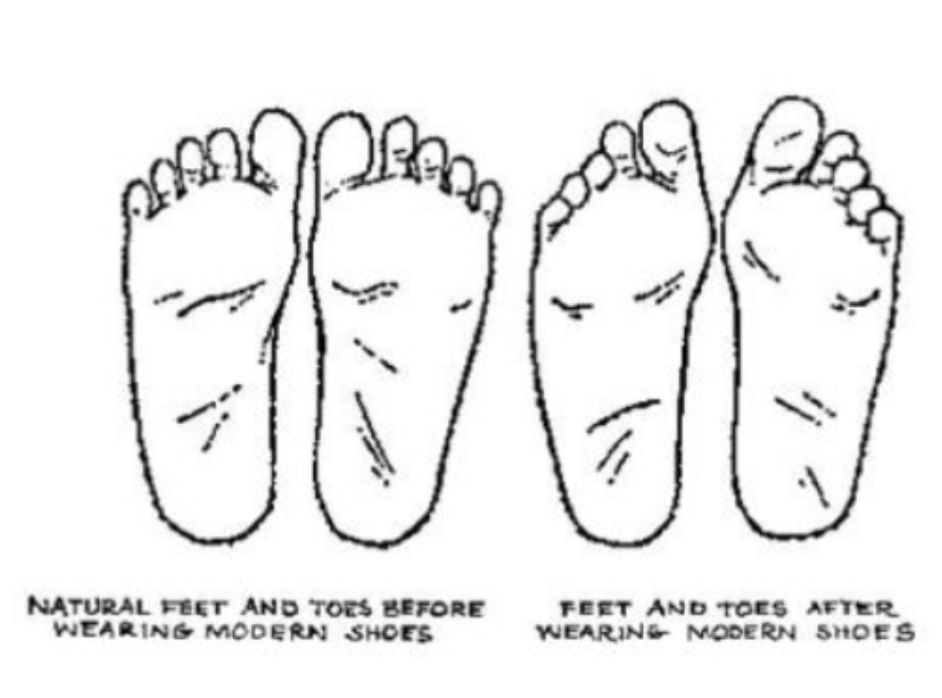A Foot Above the Rest: Why Your Feet Need the Best
By Brianna Hackley MS, LAT, ATC
Before writing this post, I asked my dad, “Dad, why are your feet so important?”. He looked at me and, with the most serious expression, replied, “Why are your feet so important? Because you ain’t ever seen a man stand on his ankles”...
Your feet are super important. I’m talkin’ Happy Feet, help you find your soulmate, important. Before planes, trains and automobiles, before horse and wagon, before Joseph led Mary to Bethlehem on the back of a donkey, our feet carried us to wherever we had to go.
Those dogs, barking or not, have a big job, and get it done stuffed in the most uncomfortable, too tight of spaces. You got it! Your favorite sneakers, and most precious high heel pumps, are giving your feet a run for their money. Literally. So, let’s strip away your favorite Skechers, lose the Louboutins, and gain an understanding for the true nature of a functional foot.
What is it about our feet that makes them so important, anyway? Most people typically don’t think much about what’s going on so far south, but the fact of the matter is, that more attention should be paid to our base of support. It’s where our kinetic energy begins, and what sets the stage for how efficiently this energy will travel throughout the entire kinematic chain. But, before we dive into the why, let’s first understand the foot's basic anatomy.
You can think of the foot in three parts. The forefoot, midfoot, and rearfoot. The forefoot is made up of our phalanges (toes), and our metatarsals, the long slender bones that one might consider the majority of our foot's length. The midfoot comprises the small collection of bones that come directly after the metatarsals referred to as our tarsal bones, and bringing up the rearfoot is the calcaneus, or our heel, and the talus, a vital bone that helps to determine the quality of motion that occurs at the foot and ankle.
Along with the bony structure of the foot, it should be noted that all of the muscle tendons of the lower leg, our extrinsic muscles, cross the ankle joint and attach to some portion of the top or bottom of the foot, and within the foot, we have layers of intrinsic foot muscles. It’s these muscles, tendons, ligaments, and the plantar fascia (think the infamous plantar fasciitis), that are structured strategically to create the support of our arch, and the elasticity required for propulsion.
Your Feet Need to Function Like….Well, Feet
Our feet have two main jobs: to provide a base of support for the rest of our body, and to act as levers to propel ourselves through space and time. Thinking of these big jobs from an energetic standpoint, our feet have to resist, and evenly distribute the weight of gravity, as well as to effectively transfer the energy met from the ground up and out through the rest of our body. That is a great feat (no pun intended) for a portion of the body that takes up such a small surface area.
How is it that our feet are able to accomplish such huge tasks? Along with how they’re structured, we also have a high concentration of special receptors in the joints and muscles of the foot called proprioceptors. These proprioceptors are key players in assessing our bodies awareness in space, as well as the position of the feet in relation to the rest of the body. Through proper proprioceptive awareness, constant information is being sent to the brain in order to cause the muscles of the feet to fire in a way that help to maintain balance and posture, create equilibrium, and gauge our foots response to external forces such as ground reaction force, and how to transmit this force through the rest of the body.
Your Shoes Aren’t Always So Sweet…
Now, mankind has a tendency to take a perfectly functioning natural phenomenon and make it less than optimal. Those nice new Nikes that you just bought are gonna come at a major price to the health of your feet. The high heels you wear into the office every day? You don’t even want to know the havoc that they wreak. But, I’m gonna tell you anyway..
Imagine this, your feet are actually supposed to be nice and wide and yes, you’re supposed to be able to move each individual toe in a similar fashion to how you’re able to move your fingers. No flat feet and bunions are not normal, and yes you are actually able to correct them without orthotics or surgery, and with the proper exercises, shoewear, and consistency. If all of these things are to be true, then why in the world do so many of the population have such narrow feet, imobile toes, and foot issues? Look at the shoes that we wear.
From such a young age our feet are stuffed into shoes that don’t allow them to function in the natural way that they were made to function. For starters, modern day shoes are much more narrow than what is healthy for your feet. This causes the structure of our feet to change dramatically over time. Because of this structural change, the muscles are unable to work properly. Over time, this causes a weakened neuromuscular signal to these muscles (see if you can give those toes a wiggle). When the neuromuscular signal weakens, the proprioceptive awareness also weakens. This, along with the very thick soles of our shoes, changes the way that the foot interacts with the ground, and the way the ground reaction forces are transferred up and out through the body. These factors can lead to dysfunctions such as flat feet, bunions, and collapsed arches to name a few. And, further up the chain, it can lead to a number of dysfunction and pain in other muscles and joints.
Your Pilates Practice and Your Feet
A part of what makes pilates so good is that it’s done barefoot. Typically, at Niche Pilates Studio, you begin your practice with footwork. If you’re interested in beginning your pilates practice with Niche, sign up for a drop-in class. In class, you’ll find your pilates instructor may ask you to begin with the balls of your feet on the footbar or with your heels on the footbar. Next time that you step into your practice, whether new to pilates or experienced, be sure to give a lot of intention to your footwork. Really ground through those heels or through the balls of your feet, engage the muscles around your ankle in order to keep your foot as still in space as you can, and whatever you do, don’t grip with your toes. By listening to these cues and giving all of your attention to what is happening at the foot and ankle, you’re allowing the extrinsic and intrinsic muscles in your feet and ankles to wake up and start working in a way that they may have never been able to before, especially if you’re always in shoes or tight fitting socks.
Engaging the muscles in the feet through pilates can help a number of foot issues. Not to mention, it could even help to alleviate any aches and pains you may be having elsewhere in the body, especially at the knee, due to the foots ability to transfer force up the chain more effectively as the muscles get stronger, the tendons, ligaments and fascia become more elastic, and our feet become more attuned to their natural, barefooted state. Even if you are unable to make it to class there are ways you can show love to your feet at home. Rolling out the bottom of your feet with a lacrosse ball, or something of the sort on a regular basis can help to relieve tension not only in your feet, but in your knees and hips as well. You can also look to purchase toe separators which can help to alleviate stress in your feet by stretching out and engaging the intrinsic foot muscles, joints, and ligaments.
I’ve said it once, and I’ll say it again, your feet are so important. Give them the love that they deserve for all of the hard work that they do and invest in a private session at Niche. Working with a skilled instructor one on one can help you to be more intentional in your pilates practice and, why stop there? Maybe take a trip to the park on a warm day and let them free of their leather bondages. Walk around and allow your feet to feel the ground beneath you. And if you’re really serious, consider looking into a shoe brand designed for a more natural foot. Whether you decide to go all in with natural shoe wearing or not, by at least choosing to come to Niche for your pilates practice, and really tuning in to your footwork, you are giving your feet the treat they deserve, leading to a more functional and pain free body overall.

